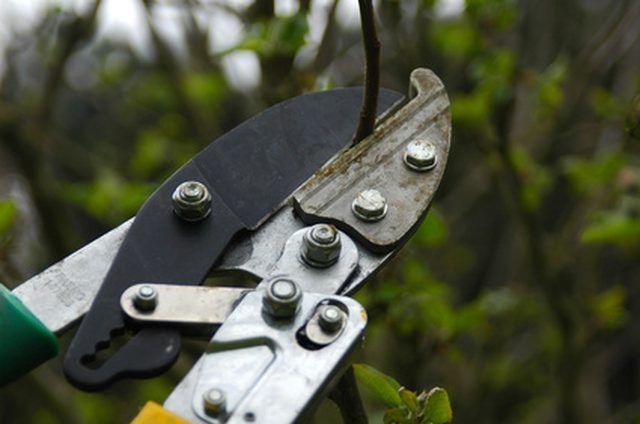Bulbs
Flower Basics
Flower Beds & Specialty Gardens
Flower Garden
Garden Furniture
Garden Gnomes
Garden Seeds
Garden Sheds
Garden Statues
Garden Tools & Supplies
Gardening Basics
Green & Organic
Groundcovers & Vines
Growing Annuals
Growing Basil
Growing Beans
Growing Berries
Growing Blueberries
Growing Cactus
Growing Corn
Growing Cotton
Growing Edibles
Growing Flowers
Growing Garlic
Growing Grapes
Growing Grass
Growing Herbs
Growing Jasmine
Growing Mint
Growing Mushrooms
Orchids
Growing Peanuts
Growing Perennials
Growing Plants
Growing Rosemary
Growing Roses
Growing Strawberries
Growing Sunflowers
Growing Thyme
Growing Tomatoes
Growing Tulips
Growing Vegetables
Herb Basics
Herb Garden
Indoor Growing
Landscaping Basics
Landscaping Patios
Landscaping Plants
Landscaping Shrubs
Landscaping Trees
Landscaping Walks & Pathways
Lawn Basics
Lawn Maintenance
Lawn Mowers
Lawn Ornaments
Lawn Planting
Lawn Tools
Outdoor Growing
Overall Landscape Planning
Pests, Weeds & Problems
Plant Basics
Rock Garden
Rose Garden
Shrubs
Soil
Specialty Gardens
Trees
Vegetable Garden
Yard Maintenance
What Is Tip Pruning?
What Is Tip Pruning?. There are many methods of pruning plants, and each produces different results. Whether you want to decrease the size of your tree or want more blooms on your shrub, tip pruning is an easy method to get fast results.

There are many methods of pruning plants, and each produces different results. Whether you want to decrease the size of your tree or want more blooms on your shrub, tip pruning is an easy method to get fast results.
Benefits
Tip pruning is performed on deciduous plants in early spring once the new growth has occurred. Its most common benefit is that it stimulates thick, new growth which results in a fuller, bushier plant. Other benefits of the practice include maintaining plant shape, improving plant appearance, increasing flower production, and encouraging plant health.
Tools
For small deciduous shrubs, pruning shears or hedge shears are the preferred tools. Pruning shears are better suited for removing small woody stems, one to two at a time. Hedge shears are meant to cut multiple small, succulent stems. For deciduous trees, lopping shears are the best tool to use as they are suited to cut thicker, woodier stems and branches.
Methods
With the correct shear, remove one to two inches of length from the top of each stem or branch with smooth, clean cuts. Make each cut at a 45-degree angle just above a leaf or lateral branch. The angle of the cut is very important because it stops water from gathering in the wound and allows for quicker healing.